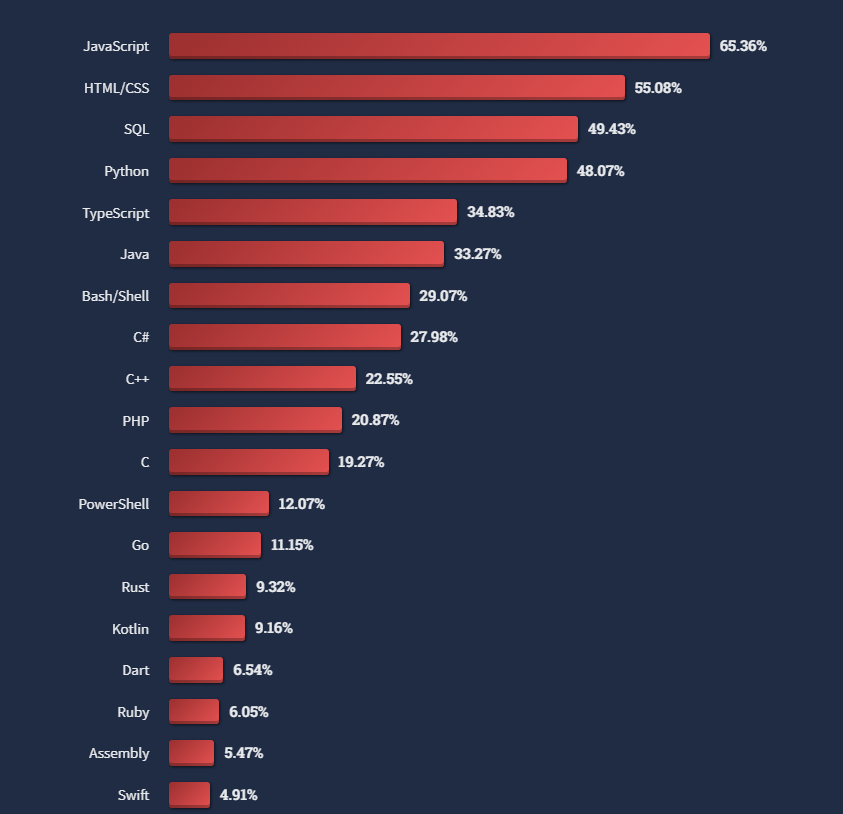
Ruby on Rails is going to be 20 years old soon. It is an open-source framework utilized for developing web applications. Ruby on Rails Applications possesses well-established features and tools to work in a growing ecosystem. It has an active community of RoR developers that adds new tools and features and fixes bugs to make web applications scalable.
Many developers or communities suggesting RoR is dead are just fake rumours. The RoR- developed applications are widely used and very much alive. Popular platforms like Netflix, GitHub, Airbnb, etc., uses this framework.
However, a few scalability issues can still creep into any technology stack. Let’s discuss Ruby on Rails Scalability and the broader issues.
What is Ruby on Rails Scalability?
Scaling Ruby on Rails applications means the web application can cater to more user requests per minute in the future. However, the main scalability issue lies in the Ruby on Rails server architecture, not the framework alone. What usually goes into the RoR scalability is the server architecture alongside the framework too. What usually goes into the description of the scalability of the framework is:
- The single server
- Rack application server
- A single instance of Ruby on Rails Web Application
- Use of single or relational database
You can measure the scalability of the Ruby on Rails application development through the customer requests it will handle. Let’s say your company was getting 1000 requests on the server daily. As your Ruby on Rails framework and development gets popular, these requests increase to 10x more. It can put more pressure on the single server architecture. It can crack under pressure if the requests increase more. It will make the application unresponsive to the users.
Hence, Ruby on Rails scalability issues appear. It can hamper Ruby on Rails projects too. However, read further to know what scalability issues appear in RoR and how to scale RoR.
What are the Scalability Issues with Ruby on Rails?
Guess what? Ruby on Rails and other programming languages, such as Java, PHP, Node.JS, .NET, etc., do not scale either. You must blame the framework partially for your terrible software-building techniques. Most Ruby on Rails developers will tell you high-quality, maintainable code is not created to support the framework.
A few scalability issues that Ruby on Rails app development usually faces are:
- Developers still need to build the server architecture of the RoR with a growth mindset. You might need help implementing the parallel processes or face problems handling the requests.
- If you have built the server to handle only 500 requests, it cannot handle the upsurge in requests. It will crash the whole framework system.
- Other problems that may hamper the scalability of the RoR applications are:
- Inadequate database engines
- Caching
- Poor memory management
- Poor indexing feature
- Server constraints dealing with an application
- Code splitting
- The use of complex databases is another issue with Ruby on Rails. This unbalanced database setup can lead to a lack of caching, slow queries, and a tangled database.
- The Ruby on Rails development services provider uses this framework because it supports multi-threading. This feature can hamper the RoR app’s performance in the long run because it does several tasks parallely. You may have to pay a little extra cash for the context switch from RoR.
The good news is you can scale the RoR applications using the right strategies and techniques. Read further to get more details.
How to Scale Ruby on Rails Applications?
- Vertical Scaling
- Horizontal Scaling
These are the two best methods used by Ruby on Rails development company. The top Ruby on Rails developers use these methods to scale the overall progress of the RoR applications.
Let us walk you through both of them.
Vertical Scaling
Most enterprise software product engineering services providers use vertical scaling for RoR as the ‘patch’ solution. It will boost user requests per minute, and server access will also increase. Developers can keep adding the processor, RAM, and other components until it is financially and technically possible.
The handling of predictable and linear growth will be possible with vertical scaling. You can put slow databases on the best and most workable hardware to speed up the process. It is a better way to handle the increased traffic. However, this scaling may only work when you add more computational resources and the hardware gets updated. You will also need to hire Ruby on Rails developers who are experienced enough to get the vertical scaling work for your company’s projects.
Horizontal Scaling
Well, the top-notch Ruby on Rails enterprise application development providers use horizontal scaling to distribute computational operations widely. The operations will be distributed over different servers, which will also help increase the app’s performance. It is a more future-proof scaling feature that divides the workload of the RoR framework.
The load is equally distributed among the server, load balancer, database instance, and app instance. It will help achieve optimal performance even when the developers use Ruby on Rails gems for the custom methods. The horizontal scaling will divide the single application server architecture into three-tier architecture. Small loads on a machine will make the apps work fast and provide a better user experience.
Hire the Best Ruby on Rails Consulting Company!
The Ruby on Rails applications are complex, but companies use them for their multithreading approach. However, you can improve the complexities and scalability of RoR apps with the help of scalability solutions.
Hire a software development company, BoTree Technologies, to scale your RoR apps using worthy solutions. We ensure our clients can use Ruby on Rails to its full potential. You can take our technical expertise to give your Ruby on Rails project a better kickstart.


